Has anyone ever considered looking up at the clouds and thinking “only if I knew what cloud space is?” or “what could possibly be considered the Internet of Things?” Perhaps the first measure to acceptance is understanding. Let’s take it a spectrum further. What if consumers understood the “Internet of Things” and the role it plays while operating their smart devices?
Maybe if more people understood what and how the internet works that would ease much uncertainty among consumers and stakeholders alike. Many stakeholders look at security first when considering the “Internet of Things.” Suppose it is first beneficial to them, but it is the consumer who gets the best utilization from the tools and services. Besides, how does the company know what to secure if it doesn’t understand its network operating system, needless to mention how to comply with regulations.
When consumers purchase a computer, smartphone, or smartwatch they must first read instructions on how to operate the device. Once they have gain some understanding of the device’s use, then they must secure their systems. Some consumers tend to opt-out of reading the instructions and going straight to application download mode, without any sense of security. Often times consumers are unaware of the third-party access behind the applications. And most likely who they give access to, plays a major role. Suppose the consumer or company doesn’t update their security access systems for nearly four years, then a security breach is most likely to occur.
Last month, Facebook’s CEO Mark Zuckerberg had to testify before Congress during a hearing to determine how a foreign company was able to steal private information from millions of platform users. Mark suggested one of the objectives to the plan was restricting the amount of access and information developers will have going forward. However, Mr. Zuckerberg said, “security is never a solved problem.” Facebook also plans to conduct a full audit of the foreign companies’ information systems and if that doesn’t work they intend to take legal action. During the Facebook hearing US Senator Lindsey Graham (R-SC) stated “most Americans have no idea what they are signing up for because Facebook terms of service are beyond comprehension.” A few hours later during the hearing Senator Jon Tester (D-MT) suggested that Facebook license is “very thick.”
While technology advances daily, are the policies and regulations on the same spectrum as the functions and use of the internet – attempting to connect and link a definition to the terms, use, and license of “Internet of Things?” Lately, we have learned that the internet is a tool of many features, but most importantly being able to understand the meaning to apply any effective measure has yet to be a milestone marked at the moment. A functional definition could be a universal starting point for both the stakeholder and the consumer. Perhaps that’s very complex, similar to the “Internet of Things.”
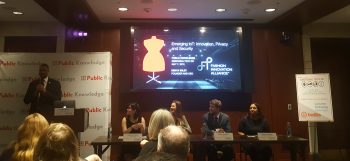
Today’s “Emerging Tech DC” panel discussion powered by Public Knowledge ask that milestone marker question, “What is the Internet of Things?” The most honest reply from a male developer on the panel was “I don’t know.” It is better to be safe than sorry in this constantly changing technology space – so stating when you don’t know is rather preferred and tech forward thinking. The IoT presents an opportunity to improve and enhance nearly every aspect of our society, economy, and day-to-day lives suggested during a “Cybersecurity of the Internet of Things” hearing by the subcommittee. Representative Will Hurd, Chairman of the subcommittee stated that in order for us to be able to fully harness this technology, the Internet of Things needs to be built with security in mind and not as an afterthought. He also suggests that when integrating these devices into our lives people need to know that they are secure.
The US Chamber of Commerce gives the description of IOT referring to networks of objects that communicate with other objects and with computers through the internet. To elaborate on that description, I took into consideration a CompTIA course at UDC Community College as another resource. During an “NTIA Internet of Things Request for Comments,” CompTIA provided the definitions that IoT should be used as an ecosystem of connected devices that enables the unsiloing and smartification of communication. IoT drives the potential for efficient economies and citizens facing services. This includes motion sensors, vehicles, appliances, medical devices, infrastructure, and agricultural systems. With all these extra amenities added to a smart device, does this help ease the understanding of the license, terms, and use of the Internet of Things?











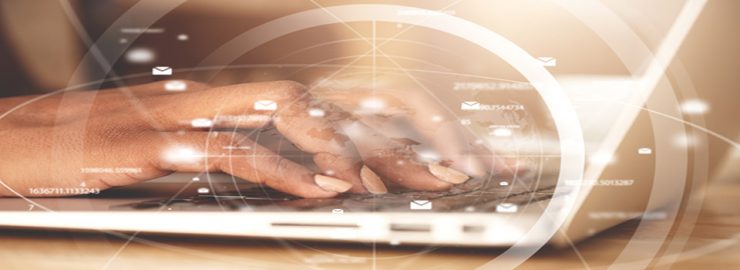
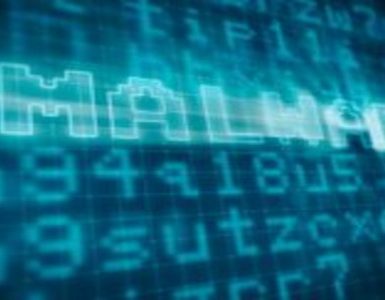
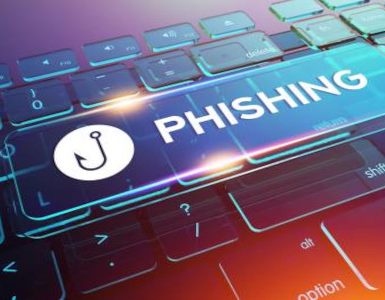
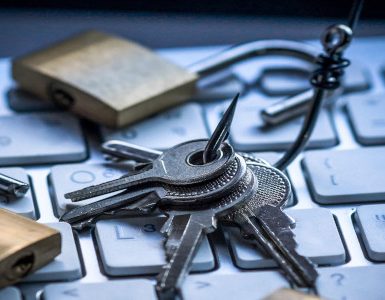



Add comment